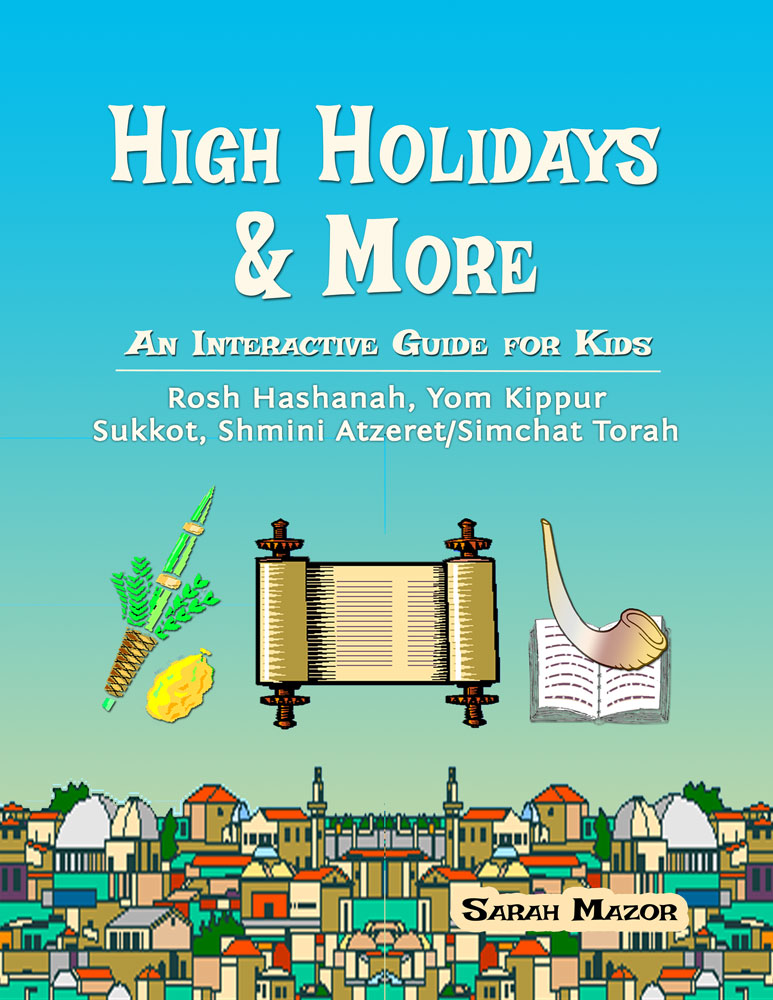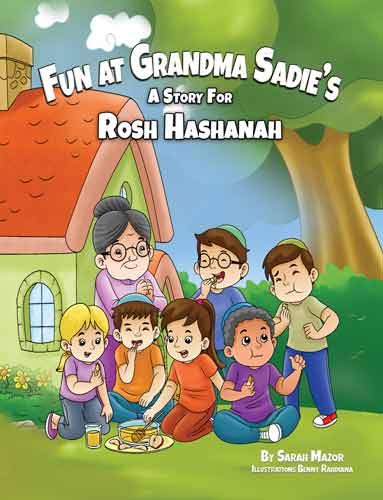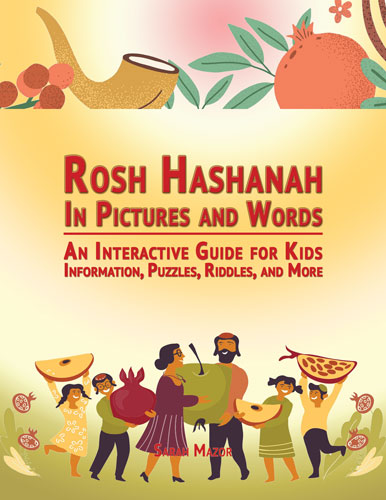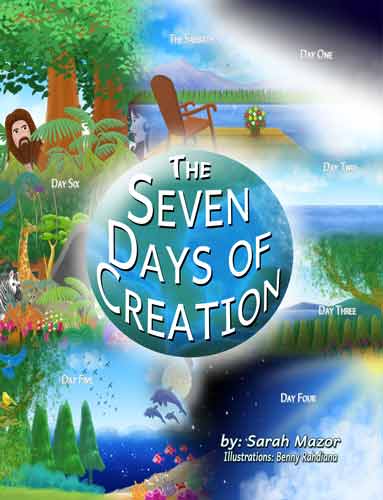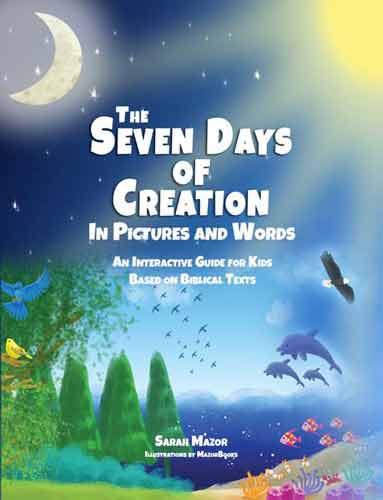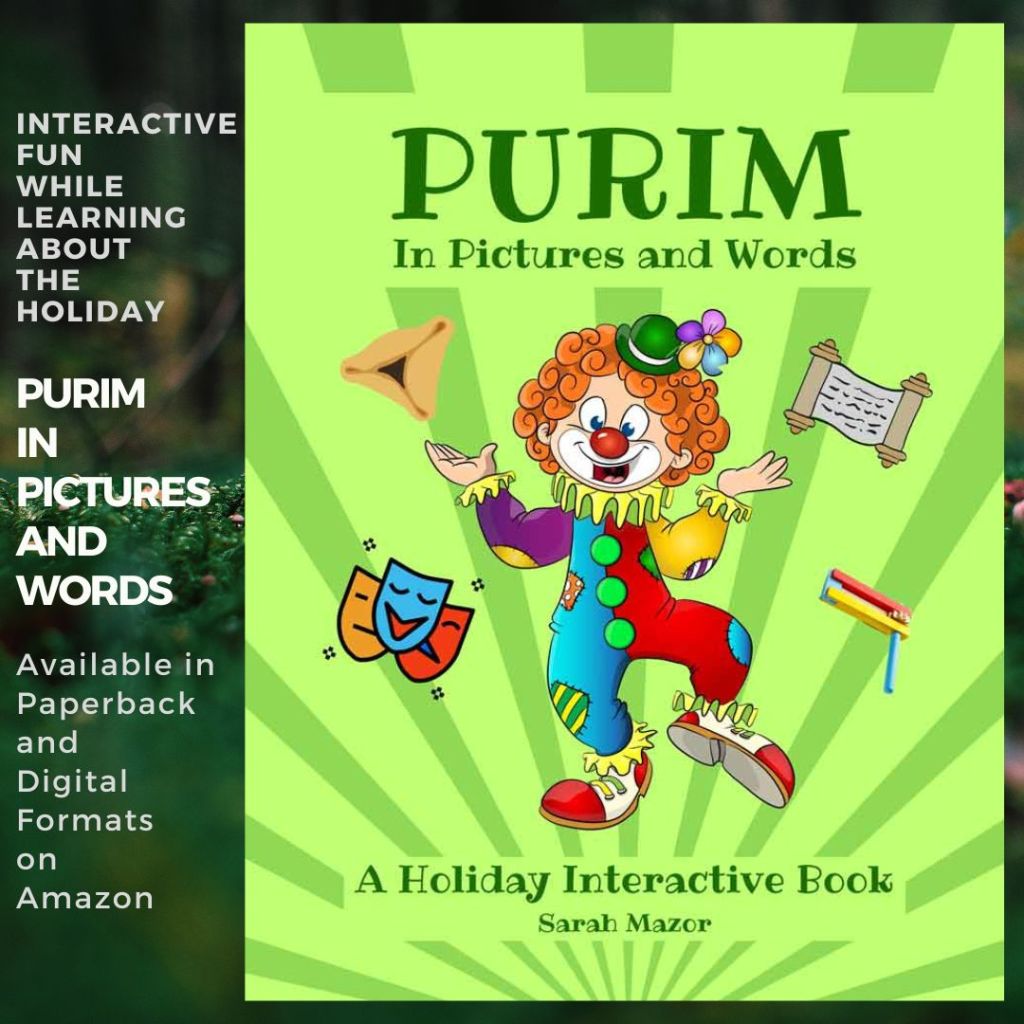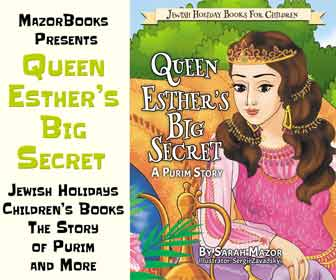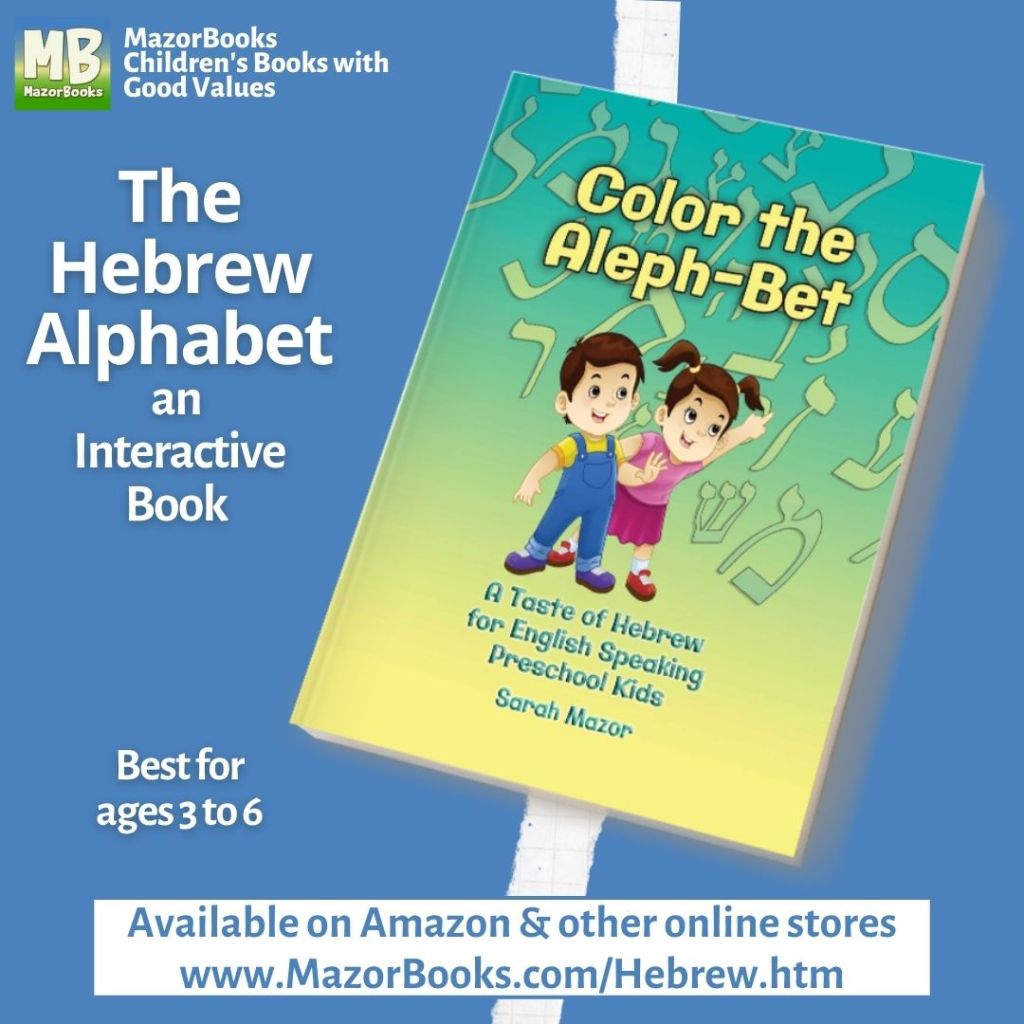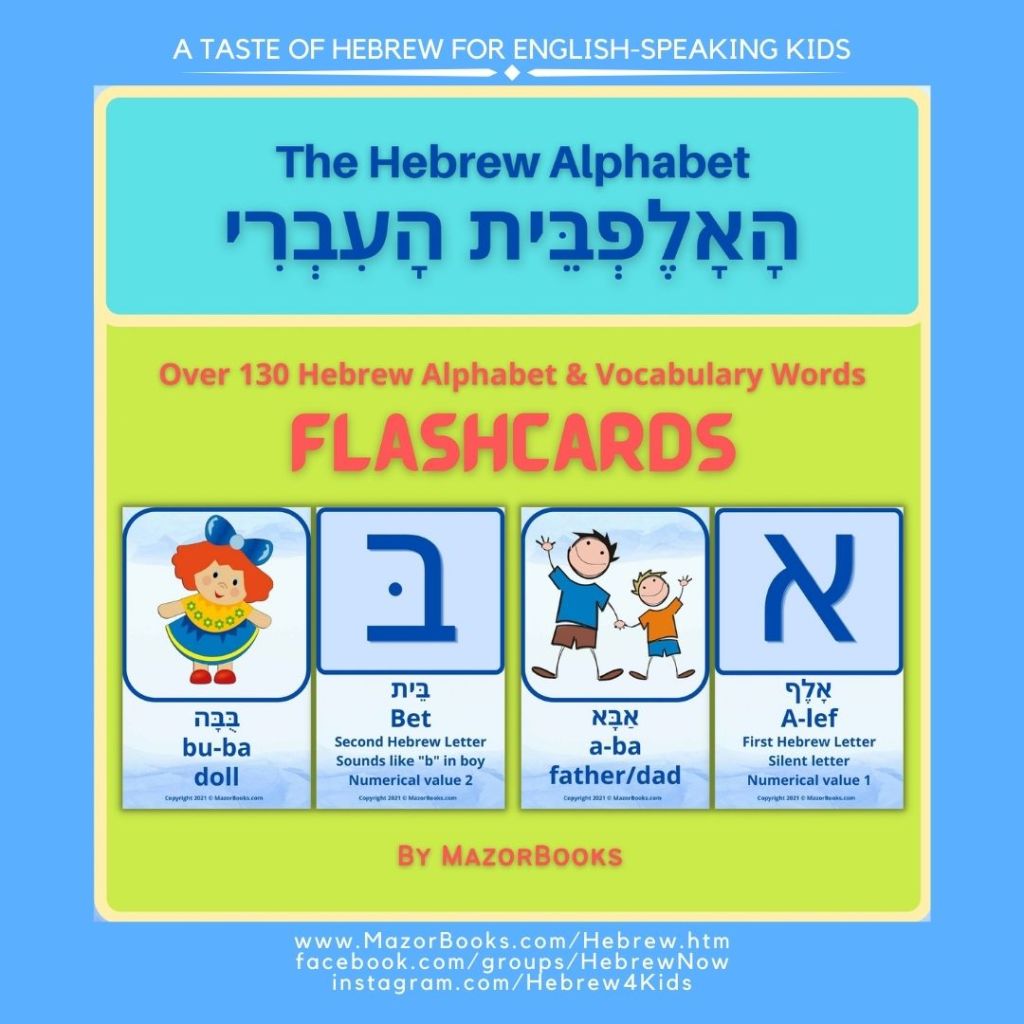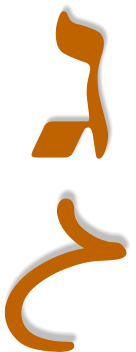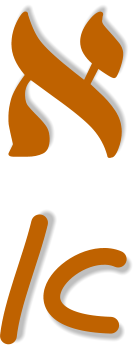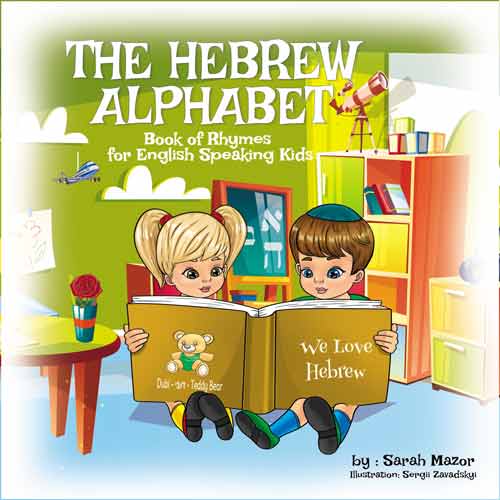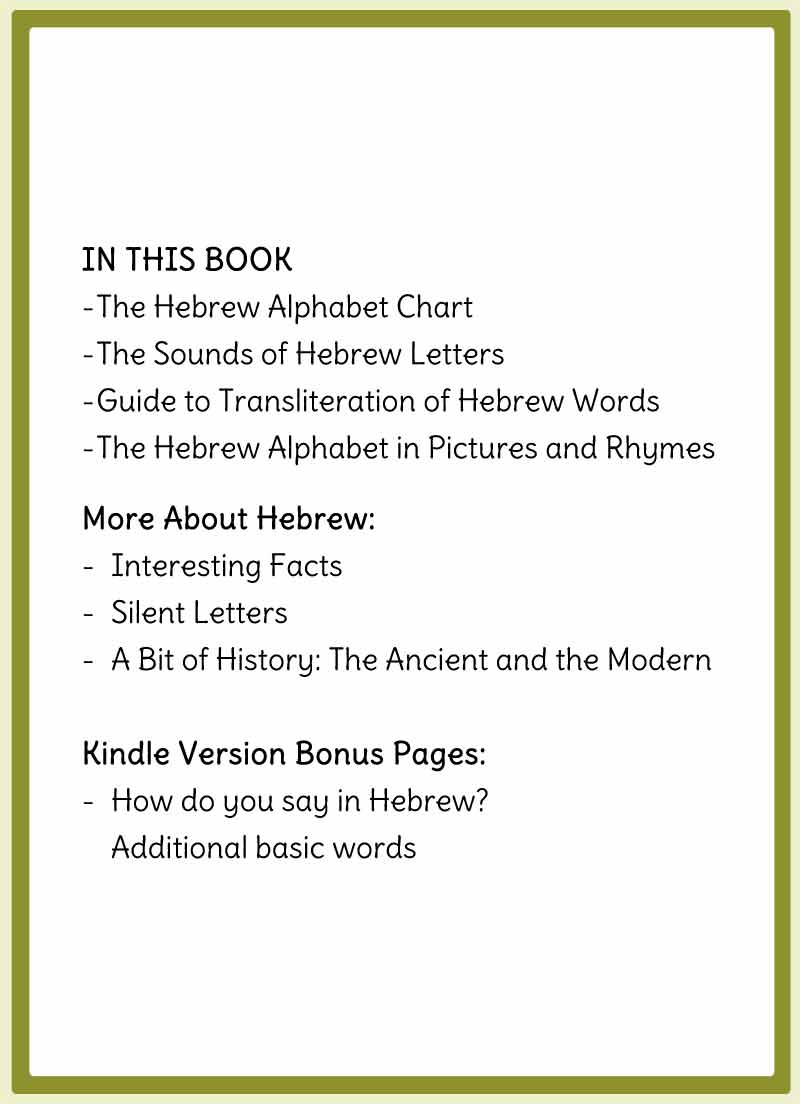Tags
#apple in honey, #book, #chidlren's books, #children, #early childhood, #jewish, #kid-book, #kidlit, #kindle, #MazorBooks, #shofar, #Yom Kippur, children's books, Children's literature, high holidays, Jewish high holidays, Jewish holidays, rosh hashanah, Sukkot
The Jewish High Holidays, also known as the High Holy Days, are a significant and spiritually meaningful time for Jewish people.
PERFECT HIGH HOLIDAY GIFT FOR CHILDREN
Jewish holiday books for kids make the perfect gift for children. These books are like magical adventures that take kids on a journey through the wonderful world of Jewish celebrations. They’re not just books – they’re gateways to learning, fun, and exciting traditions.
In the month of Tishrei, which is the first month of the Jewish Calendar, Jewish people celebrate four special holidays: Rosh Hashanah, Yom Kippur, Sukkot, and Shmini Atzeret/Simchat Torah. Each of these holidays has its very own special things to do, stories, and reasons for celebrating.
This book is not just any regular book – it’s fun, and you get to be part of it! You’ll find out about:
- What each holiday is all about
- The special and cool things that make each holiday different
- The awesome stuff people do and the cool traditions they follow during these holidays.
Fun at Grandma Sadie’s: A Rosh Hashanah Story
Rosh Hashanah, which translates to “head of the year,” stands as a profoundly sacred occasion among the Jewish people. Serving as the Jewish New Year, it holds a special place in the hearts of the community. Falling on the first and second days of the Hebrew month of Tishrei (September/October), Rosh Hashanah holds a dual significance, marking not only the commencement of a new year but also celebrating the creation of the world.
It’s important to note that Rosh Hashanah greatly differs from the secular festivities of New Year’s Day in January. Instead of parties, fireworks, or games, Rosh Hashanah is a time of introspection, deep thought, and self-assessment. The customs and rituals associated with this occasion are deliberately crafted to foster contemplation and reflection, guiding individuals to evaluate their lives, conduct, and choices.
Rosh Hashanah In Pictures and Words
Introducing “Rosh Hashanah In Pictures and Words” – an exciting addition to our series of interactive and informative books specially designed for young adventurers eager to dive into the world of Jewish Holidays.
Get ready for a journey filled with fun, interactivity, and knowledge! Our holiday guide is brimming with engaging puzzles, mind-teasing riddles, and a whole array of exciting activities. As you flip through the pages, you’ll uncover a treasure trove of detailed insights into the customs and traditions of Rosh Hashanah, the Jewish New Year.
Read, learn, color, and solve puzzles about the fall High Holidays of Rosh Hashanah, Yom Kippur, Sukkot, Simchat Torah/Shmini Atzeret, Purim, and Passover.
Rosh Hashanah holds an additional significance – it’s a time when we celebrate the creation of the world.
Experience the wonder of creation through “The Seven Days of Creation,” the debut picture book from MazorBooks that’s perfect for young readers like you! This captivating book is based on Biblical texts but crafted with young children’s understanding in mind. It tells the story of creation in simple rhymes and bursts of vibrant colors, so kids can easily follow along and enjoy every moment.
From the very first words of God, “Let there be light!” on the first day, to the creation of the Sabbath – a special day of rest – this book paints a beautiful picture of how the world came into existence. It’s like taking a colorful journey through time, learning about the incredible things that happened during those first seven days.
The Seven Days of Creation in Pictures and Words
Introducing the perfect companion to the “Seven Days of Creation” picture book – An Interactive Guide for Kids Based on Biblical Texts.
This guide invites children to embark on an exciting journey that delves even deeper into the incredible story of creation right from the pages of the Torah (Bible). This interactive guide offers a fantastic opportunity for young learners to explore and understand the awe-inspiring masterpiece that is God’s creation.
Within this guide, children will discover a treasure trove of knowledge waiting to be uncovered. The original Hebrew texts are made accessible through transliterations and translations, allowing children to connect with the ancient words while comprehending their meanings in a way that resonates.
But that’s not all – the guide is brimming with engaging elements to captivate young minds. Insightful explanations unravel the mysteries of creation, while games challenge thinking, puzzles tickle the brain, and coloring pages provide a canvas for creativity to shine.
And the journey doesn’t stop at reading – children will also have the chance to journal and express their thoughts and impressions about each day of creation. This feature offers personal space for children to reflect and engage actively with the content.
Embark on an exciting journey of discovery as you delve into the world of Rosh Hashanah and other Jewish holidays, all in a delightfully fun and entertaining manner.
Visit www.MazorBooks.com/holidays.htm for more information about fabulous pictures and interactive books perfect for kids of all ages.
Shana Tova U’metukah
Have a happy and sweet new year!

